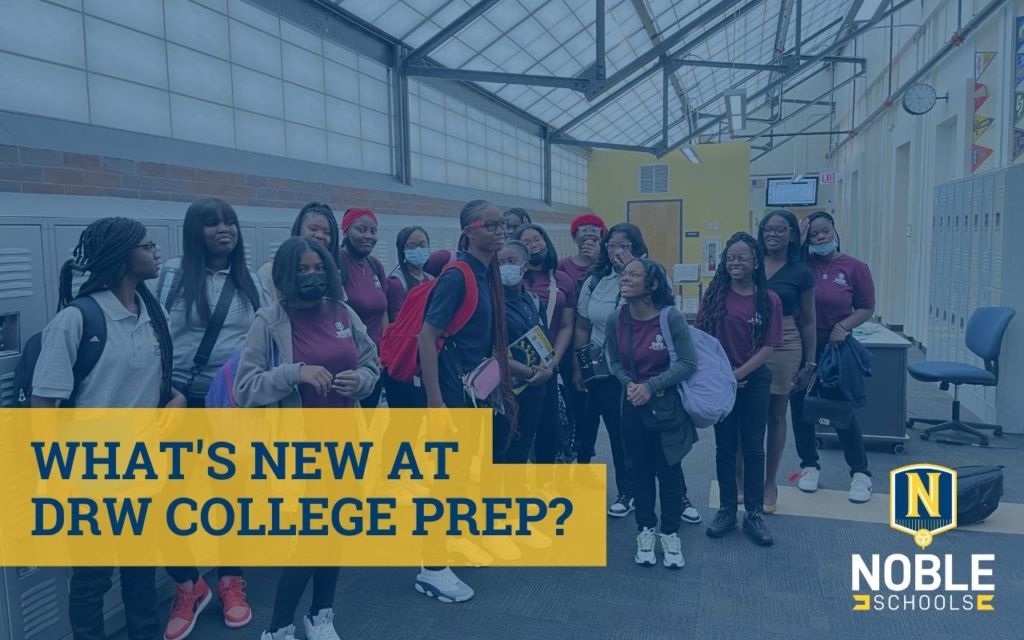
Recently, Noble Schools was featured in a piece about equitable performance measurement by Bridgespan, a well-respected non-profit organization that advises social change leaders across the world.
Noble has always been data-driven in our decision-making process. However, the way organizations gather and draw conclusions from data and especially WHO they include in that data can heavily bias the results. For the past few years, Noble has been focusing on how to improve and center equity in our data collection. We have been intentional about making sure we are reaching a diverse group of voices from all our stakeholders – families, students, staff, and more. This led to the creation of our Equity Index, which guides how we allocate funding to our schools.
In this piece, Bridgespan shares the story of how we created the Equity Index, as an example to all organizations that are trying to better incorporate equity into their performance measurement:
In some of schools, student achievement was lower and dropout rates higher. What do you do with this information—how do you use it to improve rather than to blame or stigmatize?
Noble collected data on factors like crime, homelessness, and the quality of feeder elementary schools for each school to create an Equity Index. A higher score (high Equity Index, or HEI) means the school faces more equity barriers, while a lower score (low Equity Index, or LEI) means it faces fewer of these barriers. “We publish this information internally,” says Niksch . “But it’s not about your day-to-day performance as a teacher or school leader. The Equity Index helps drive the allocation of funding, staff, and services.”
Noble is explicitly using its resources to fight some of the systemic inequities in the communities it serves—a significant change from treating every school the same, which left some schools without the additional resources needed to address the inequities in their communities. “When we first launched and published the index, I was the principal of what was going to be named the number-one equity campus,” says Davis . “So ours received more per pupil than anyone else. It also made a significant difference in how we could operate.”
– “How Nonprofits Can Incorporate Equity into Their Measurement, Evaulation, and Learning”, Bridgespan
Read more from the Bridgespan piece:








